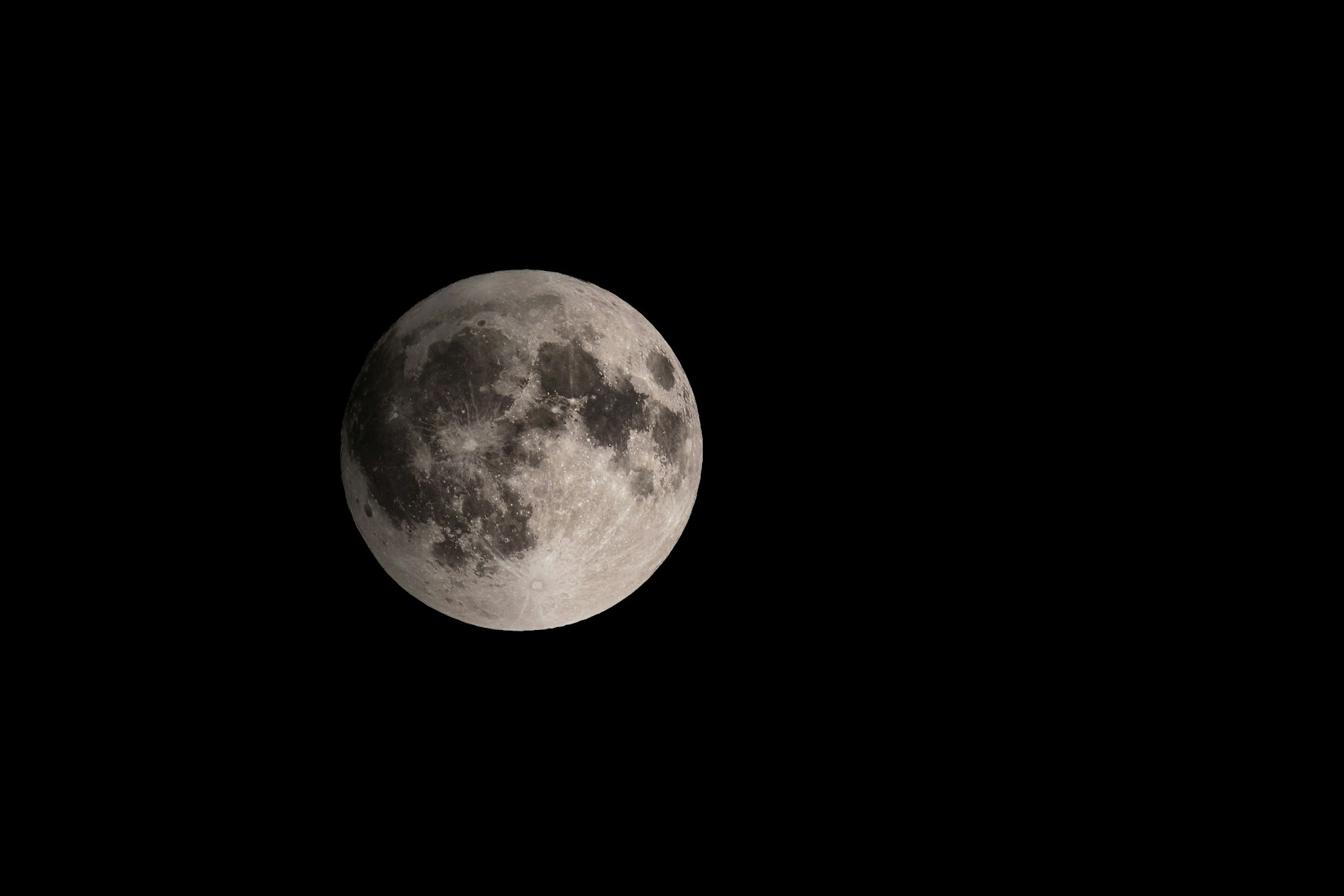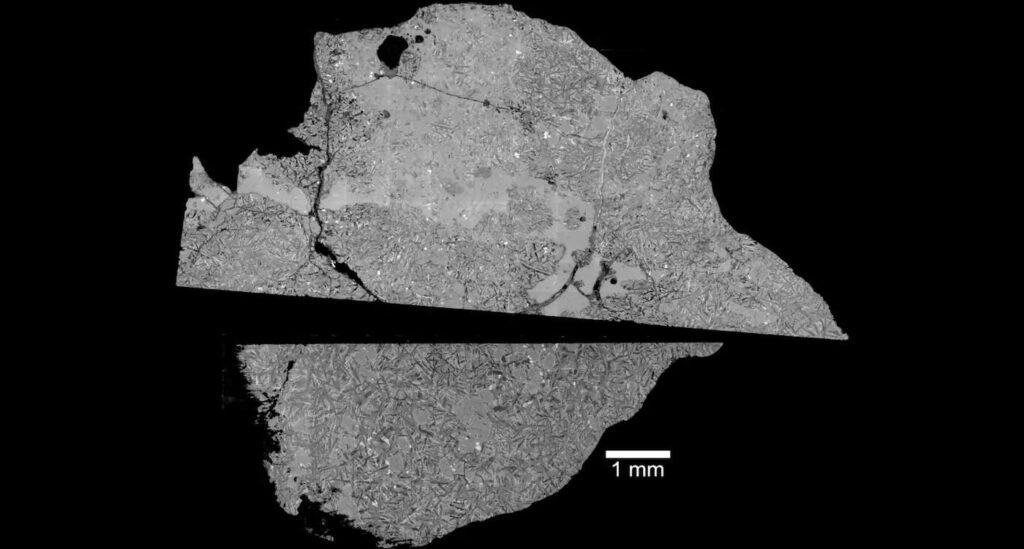Smile
Moon Rock Discovery Unveils Billion-Year Lunar Mystery

Quick Smiles:
- A rare Moon rock found in Africa is reshaping our understanding of lunar history.
- This meteorite fills a billion-year gap in our knowledge of the Moon’s volcanic activity.
- The discovery suggests the Moon had internal heat sources lasting much longer than we thought.
A remarkable discovery in Africa is offering fresh insights into the Moon’s volcanic past. A 2.35 billion-year-old lunar meteorite, found in 2023, is challenging previous beliefs about the Moon’s geological activity.
Presented at a major scientific conference, this meteorite is shedding light on the Moon’s interior evolution. Dr. Joshua Snape, who led the research, described the find as “serendipitous.”
“It just happened to fall to Earth and reveals secrets about lunar geology without the massive expense of a space mission,” he noted.
What makes this rock so special is its unique chemical makeup, which stands out from those collected by previous Moon missions.
The meteorite’s formation dates back to a period with scarce lunar samples, making it the youngest basaltic lunar meteorite discovered on Earth.
Dr. Snape highlighted the significance of this find, stating, “The age of the sample is especially interesting because it fills an almost billion-year gap in lunar volcanic history.”
Unlike rocks from sample missions, this meteorite’s journey to Earth was likely caused by an impact on the Moon’s surface. Its melted glassy pockets and veins suggest it was ejected after such an event.
Containing olivine, a mineral found in volcanic rock, the meteorite is classified as olivine-phyric basalt. It boasts moderate titanium levels and high potassium content.
The rock’s Pb isotope composition hints at an origin deep within the Moon, from a source with a high uranium-to-lead ratio. This could help scientists understand the Moon’s long-lasting internal heat generation.
“Its age and composition show that volcanic activity continued on the Moon throughout this timespan,” Dr. Snape explained. “Our analysis suggests an ongoing heat generation process within the Moon.”
With 311 grams in weight, this meteorite is one of only 31 lunar basalts identified on Earth. Researchers aim to publish their findings in a peer-reviewed journal later this year.
“This particular rock provides new constraints about when and how volcanic activity occurred on the Moon,” Dr. Snape added.
As the scientific community continues to unravel its secrets, this meteorite could guide future lunar missions.


-

 Cute Animals2 years ago
Cute Animals2 years agoPuppy Love Patrol: Service Dog Swoons Over K9 Officer Neighbor
-

 Cute Animals2 years ago
Cute Animals2 years agoHugs, Hooves, and Happiness: Newborn Donkey Steals Hearts by Demanding Affection [Video]
-

 Cute Animals2 years ago
Cute Animals2 years agoWATCH: A German Shepherd’s Surprising Parenting Instinct for Lost Ducklings!
-

 Cute Animals2 years ago
Cute Animals2 years agoPetty Pup Pulls Off Hilarious Bone Heist [Video]
-

 Heroes2 years ago
Heroes2 years agoA Lost Dog’s Bark Leads to a Lifesaving Discovery
-

 Cute Animals2 years ago
Cute Animals2 years ago“Pure Love”: Adopted Rescue Dog Can’t Hide How Grateful He Is [Video]
-

 Cute Animals2 years ago
Cute Animals2 years agoTiny but Mighty: Cat with Dwarfism Becomes Internet Star as Owners Adapt Backyard for Her Comfort
-

 Cute Animals2 years ago
Cute Animals2 years agoAdorable Puppy Steals Hearts After a Tiring Swim [Video]